Hastelloy B-3
Hastelloy B-3 is a nickel-molybdenum alloy with excellent resistance to pitting, corrosion, and stress-corrosion cracking plus, thermal stability superior to that of alloy B-2. In addition, this nickel steel alloy has great resistance to knife-line and heat–affected zone attack. Alloy B-3 also withstands sulfuric, acetic, formic and phosphoric acids, and other non-oxidizing media. Furthermore, this nickel alloy has excellent resistance to hydrochloric acid at all concentrations and temperatures. Hastelloy B-3’s distinguishing feature is its ability to maintain excellent ductility during transient exposures to intermediate temperatures. Such exposures are routinely experienced during heat treatments associated with fabrication.
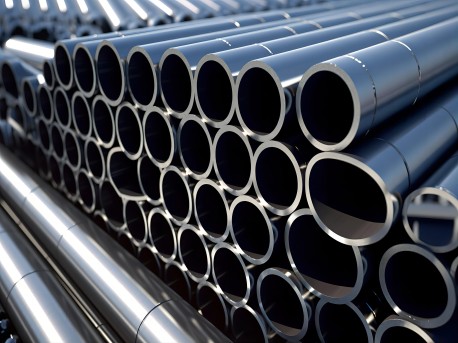
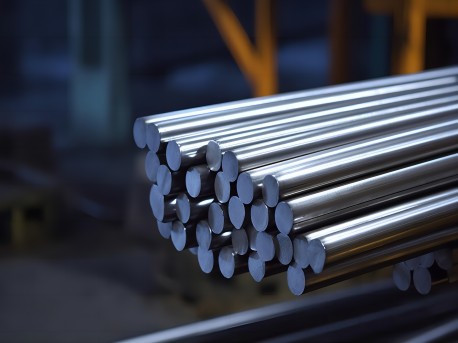
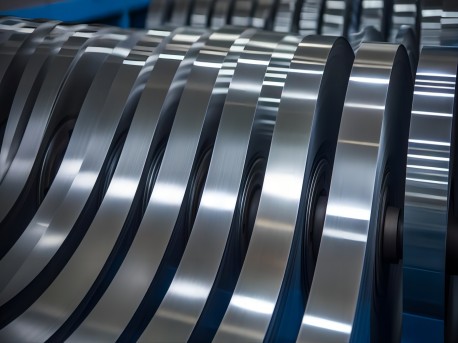
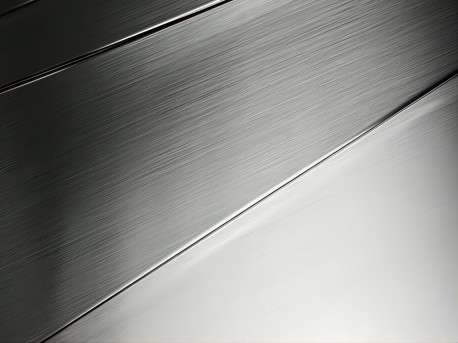
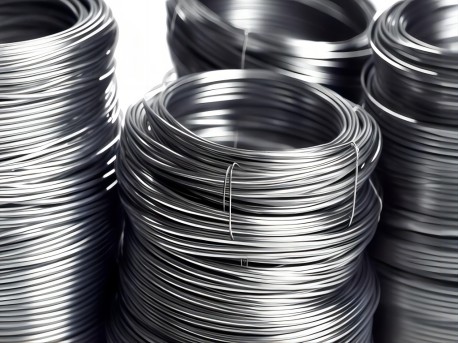
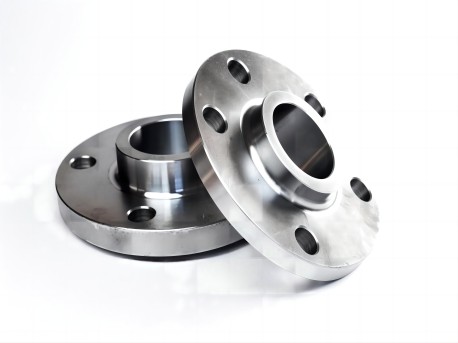
Hastelloy B-3
Product Description
Hastelloy B-3 is a nickel-molybdenum alloy with excellent resistance to pitting, corrosion, and stress-corrosion cracking plus, thermal stability superior to that of alloy B-2. In addition, this nickel steel alloy has great resistance to knife-line and heat–affected zone attack. Alloy B-3 also withstands sulfuric, acetic, formic and phosphoric acids, and other non-oxidizing media. Furthermore, this nickel alloy has excellent resistance to hydrochloric acid at all concentrations and temperatures. Hastelloy B-3’s distinguishing feature is its ability to maintain excellent ductility during transient exposures to intermediate temperatures. Such exposures are routinely experienced during heat treatments associated with fabrication.
Reason for restriction
Alloy B-3 has poor corrosion resistance to oxidizing environments and, therefore, its use in oxidizing media or in the presence of iron or copper salts is not recommended as they may cause rapid premature corrosion failure. These salts may be produced when hydrochloric acid comes into contact with iron and copper. Therefore, if this nickel steel alloy is used with iron or copper piping in a system containing hydrochloric acid, the presence of these salts may cause premature failure of the alloy.
Physical properties:
Density: 9.22g/cm³
Melting point: 1370-1418℃
Extreme chemical composition:
Nickel: 65min
Chrome: 1.0-3.0
Iron: 1.0-3.0
Molybdenum: 27.0-32.0
Carbon: 0.01max
Copper: 0.2max
Aluminum: 0.5max
Titanium: 0.2max
Silicon: 0.1max
Sulfur: 0.01max
Phosphorus: 0.03max
Cobalt: 3.0max
Manganese: 3.0max
Vanadium: 0.2max
Tungsten: 3.0max
The minimum mechanical properties of the alloy at room temperature:
Typical mechanical properties | Tensile Strength Rm N/m㎡ | Yield Strength RP0.2 N/ m㎡ | Elongation A5% | test temperature/℃ |
Solution treatment | 690 | 310 | 40 | normal temperature |
characteristic:
l Maintains excellent ductility during transient exposures to intermediate temperatures
l Excellent resistance to pitting, corrosion and stress-corrosion cracking
l Excellent resistance to knife-line and heat-affected zone attack
l Excellent resistance to acetic, formic and phosphoric acids and other non-oxidizing media
l Resistance to hydrochloric acid at all concentrations and temperatures
l Thermal stability superior to alloy B-2
Applications:
l Chemical processes
l Vacuum furnaces
l Mechanical components in reducing environments
Form:
Sheet ; Plate; Bar; Pipe (welded & seamless); Fittings; Elbows, tees, stub-ends, returns, caps, crosses, reducers, pipe nipples. etc.
Wire

